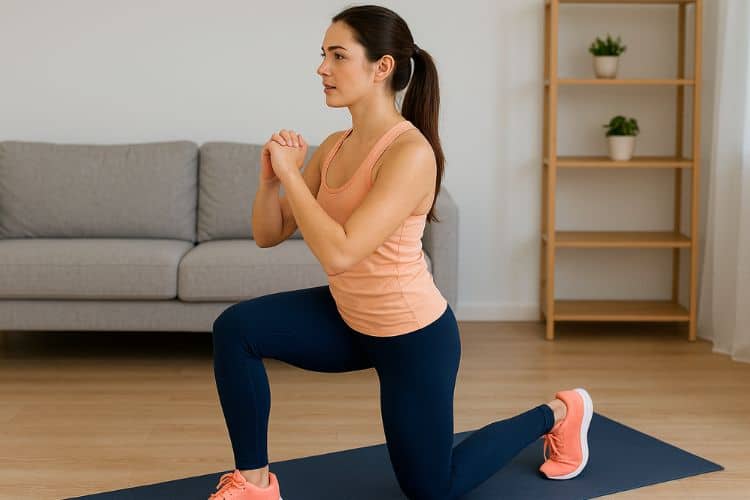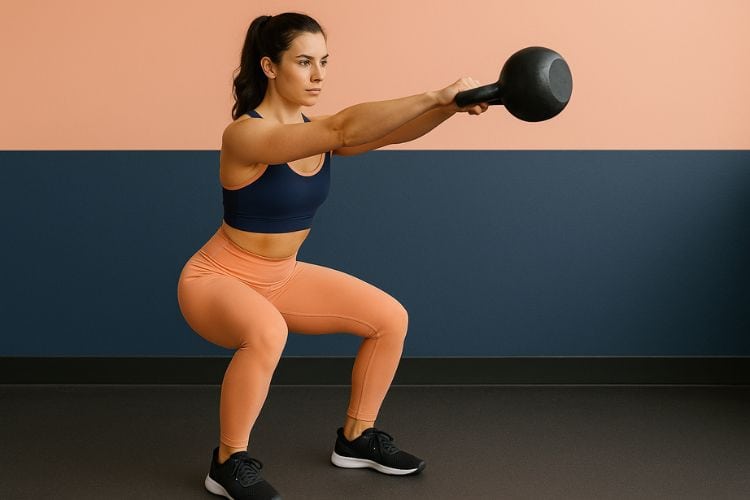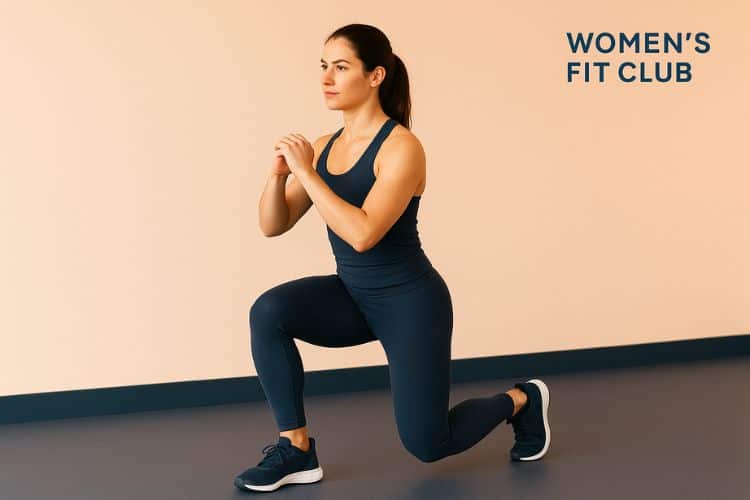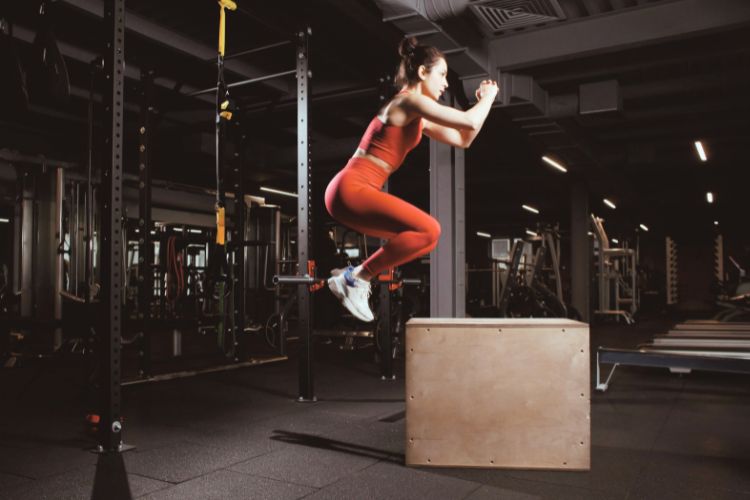Sign up for workout ideas, training advice, reviews of the latest gear and more.






High-Intensity Interval Training (HIIT) has become one of the most effective methods for burning fat, increasing metabolism, and transforming body composition. Unlike traditional steady-state cardio, HIIT blends short bursts of intense activity with periods of rest or lower-intensity exercise, making it both time-efficient and incredibly effective. Whether you’re trying to lose weight, get shredded, or improve your cardiovascular fitness, fat-burning HIIT workouts offer a powerful solution.
In this comprehensive guide, we’ll break down the benefits of HIIT for fat loss, key workout formats, beginner-to-advanced routines, and tips to maximize your results.
High-Intensity Interval Training alternates between short, explosive efforts and recovery intervals. The intense intervals push your heart rate up to 80–95% of its max, while the rest periods bring it back down, creating a cardio “wave” that boosts endurance and burns calories long after your workout ends.
HIIT creates an afterburn effect, known as excess post-exercise oxygen consumption (EPOC). This means your body continues burning calories hours after the session. Additionally, HIIT workouts increase insulin sensitivity, improve fat oxidation, and stimulate the release of fat-burning hormones like norepinephrine and growth hormone.
One of the greatest advantages of HIIT is efficiency. You can torch calories and fat with as little as 20–30 minutes of work, making it perfect for busy schedules.
HIIT boosts your resting metabolic rate and encourages fat oxidation even after the workout, thanks to the EPOC effect.
Unlike long-duration cardio that can eat into muscle stores, HIIT helps preserve muscle while burning fat, making it ideal for maintaining a lean and toned physique.
Studies show that HIIT can lower blood pressure, improve oxygen consumption, and enhance overall cardiovascular health—sometimes more efficiently than traditional cardio.
Many HIIT routines can be done using just your bodyweight, making them suitable for home workouts or travel.
Choosing the right interval timing is crucial. A common HIIT ratio for fat burning is 30 seconds of work followed by 30 seconds of rest or 40/20. More advanced athletes might try 45/15 or 60/30 ratios.
A fat-burning HIIT session can last anywhere from 15 to 30 minutes, depending on your fitness level. Beginners should start short and build up gradually.
Warming up for 5 minutes with light cardio and dynamic stretching is essential. Cooling down with static stretches helps reduce soreness and improve recovery.
These high-energy, compound movements maximize calorie burn and get your heart pumping.
A powerful lower-body move that builds explosive strength and melts fat. Focus on deep squats and high jumps for maximum effect.
Great for torching calories while engaging your core and shoulders. Maintain a fast pace for cardio intensity.
The ultimate fat-burning bodyweight move. A full-body exercise that combines a jump, squat, and push-up in one intense motion.
Run in place with high knee lifts to burn fat and improve agility. Use your arms for added momentum.
Target your legs and glutes while revving up your metabolism. Switch legs mid-air and land softly to protect your joints.
Engage your core and upper body while increasing your heart rate. Alternate between plank and push-up positions without rest.
Below are HIIT routines tailored to beginner, intermediate, and advanced levels. No gym required!
Perform 30 seconds on / 30 seconds off for each exercise. Repeat 3 rounds.
Rest 1 minute between rounds
This beginner circuit introduces high heart rate movements while minimizing joint strain.
Work: 40 seconds / Rest: 20 seconds. Repeat 3–4 rounds.
Rest 1 minute between rounds
This workout combines explosive lower-body moves with core work to build intensity.
45 seconds work / 15 seconds rest. Repeat 4 rounds.
Rest 1 minute between rounds
For experienced athletes, this workout delivers a massive calorie burn and pushes your limits.
Adding dumbbells or kettlebells can accelerate fat loss while building strength.
Perform 40 seconds work / 20 seconds rest. Repeat 3–4 rounds.
Rest 1 minute between rounds
These explosive movements elevate heart rate while challenging your muscles with resistance.
Here’s a sample 5-day plan that balances fat-burning HIIT with recovery and strength.
| Day | Workout Focus |
|---|---|
| Monday | Full-Body Bodyweight HIIT |
| Tuesday | Core + Cardio HIIT |
| Wednesday | Active Recovery (light walk or yoga) |
| Thursday | Lower Body HIIT + Glutes |
| Friday | Upper Body + Core HIIT |
| Saturday | Optional Bonus: Weighted HIIT |
| Sunday | Full Rest or Stretching |
Protein helps maintain muscle mass and supports recovery. Aim for 0.8–1g per pound of body weight daily.
Dehydration can impair performance. Drink plenty of water before, during, and after HIIT.
Consume a light meal or snack 60–90 minutes before your session—such as a banana with peanut butter or Greek yogurt with fruit.
To lose fat, ensure you’re burning more calories than you consume. Use apps like MyFitnessPal to track intake and expenditure.
Stick to water or electrolyte solutions. Avoid high-sugar sports drinks unless doing prolonged endurance training.
Start with 2–3 sessions per week and build gradually. Overtraining can lead to fatigue and injury.
Going full speed without warming up increases the risk of injury. Always prime your body first.
Form often deteriorates when tired. Focus on quality reps, even if you need to slow down or modify.
Use a journal or app to track your workouts, rest times, and progress over weeks to stay accountable.
For fat burning, 3–4 sessions per week are ideal, allowing for sufficient recovery.
Most people see noticeable fat loss in 3–4 weeks with consistent training and proper nutrition.
Absolutely. Start with lower intensity intervals and shorter sessions, then build as your endurance improves.
HIIT burns more calories in less time and has a stronger afterburn effect. However, both can be useful when combined strategically.
Fat-burning HIIT workouts are among the most efficient and effective ways to lose weight, tone your body, and build metabolic momentum. Whether you’re a beginner or advanced athlete, there’s a HIIT program tailored for your goals. By combining high-intensity moves, strategic rest intervals, and consistent effort, you can torch fat, boost performance, and achieve incredible results.
Make HIIT a consistent part of your fitness routine—backed by proper nutrition and recovery—and watch your fat melt away.
Stay up to date on the latest women’s health, fitness and lifestyle trends and tips.